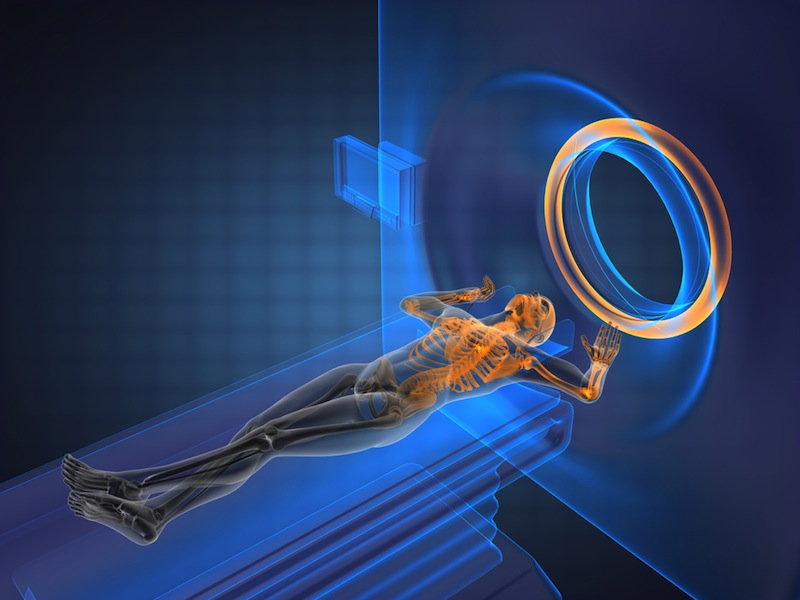Breast MRIs May Find Cancer Elsewhere

When women undergo MRIs to check for breast cancer, the scans sometimes reveal suspicious masses elsewhere in the body, which can generate a lot of anxiety and require more testing. But a new study suggests these masses are often not cancerous.
Breast MRIs are different from mammograms, and physicians usually use them in women who are at high risk for developing breast cancer and those who already have the disease, to get a more detailed view of the breast and better assess their condition. But sometimes a piece of tissue outside the breast can show up as a bright spot on the scan and suggest that breast cancer has spread to another area in the body. Doctors call these cases extra-mammary findings.
To see how often such findings on breast MRIs turn out to be cancer, the researchers reviewed medical records of 1,322 women who had undergone the procedure at the University of Iowa between 2007 and 2012.
They found that in 130 women, or about 10 percent of all cases, the scans picked up a suspicious mass in the body, but in only six, or 4.6 percent of the cases where something was picked up, did more testing show the mass was indeed breast cancer that had spread to another area of the body, according to the study, which was presented June 1 at the annual meeting of the American Society for Clinical Oncology, in Chicago.
These six cases represented 0.5 percent of all breast MRIs in this study, the researchers said.
The results show that MRI scans are useful in finding these cancers, but also that only a few of the findings are actually cancer, which could help patients manage their anxiety, said study researcher Dr. Catherine Moore of the University of Iowa.
Previous studies have found a higher rate of incidental findings on breast MRIs. In one study of 1,535 breast MRIs, researchers found that about 18 percent of scans picked up a mass outside the breast, but only 20 percent of those were confirmed to be cancer. That study was published November 2011 in the journal European Radiology.
Sign up for the Live Science daily newsletter now
Get the world’s most fascinating discoveries delivered straight to your inbox.
In the new study, Moore and colleagues also found that most of the masses the MRI scans revealed were in the liver and bone. The incidental MRI findings were more likely to occur in postmenopausal women, and women who had breast cancer, particularly those who had the hormone receptor- positive type of breast cancer.
Email Bahar Gholipour. Follow us @LiveScience, Facebook & Google+. Original article on Live Science.










